WEEKLY UPDATE Thursday 23rd June 2022

Another £1/4 m to plan planning
COST OF NEW LOCAL PLAN GOES UP BY ANOTHER QUARTER OF A MILLION POUNDS. A meeting of Epsom and Ewell Borough Council’s Licensing and Planning Policy Committee on 21 June … READ MORE

Ukrainians in tune with the hearts of Epsom
On Saturday 18th June Epsom Music with Surrey Stands with Ukraine organised a very special evening with Ukrainian musicians at the Epsom Methodist Church. The evening was hosted and presented in Ukrainian. … READ MORE
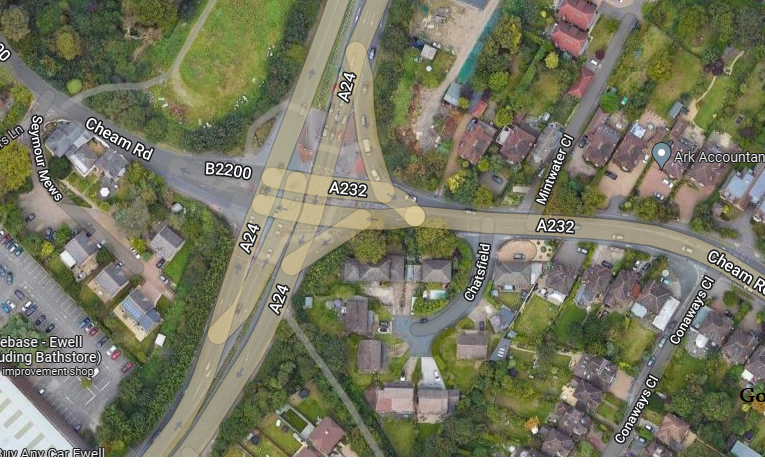
Witness appeal following burglary in Ewell
Surrey Police are appealing for witnesses following a burglary in Ewell on Wednesday, 8 June. Officers were called to a residential address on Cheam Road near to the junction with … READ MORE

Epsom Rotary in Motion
Epsom Rotary will be holding a stall at the Epsom Marketplace on Saturday, 02 July 2022and welcome anyone to come and visit to learn more about Epsom Rotary and ways … READ MORE
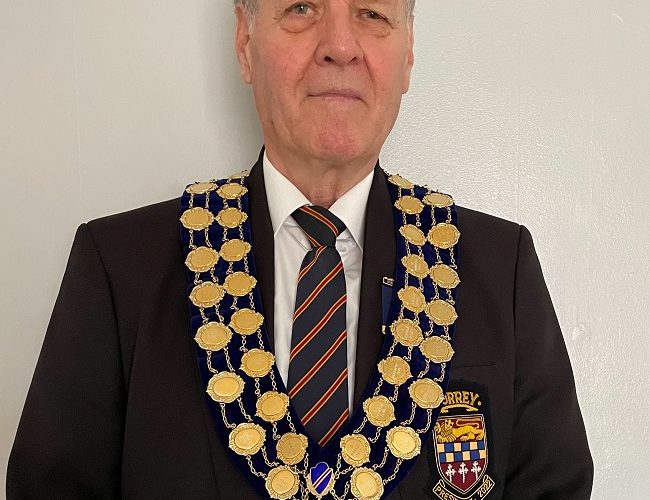
Bowled Over in Epsom
Epsom Bowling is proud and delighted that Martin Harbottle, Club President and member for many years , has been elected as Surrey County Bowling Association President for the year 2022. … READ MORE
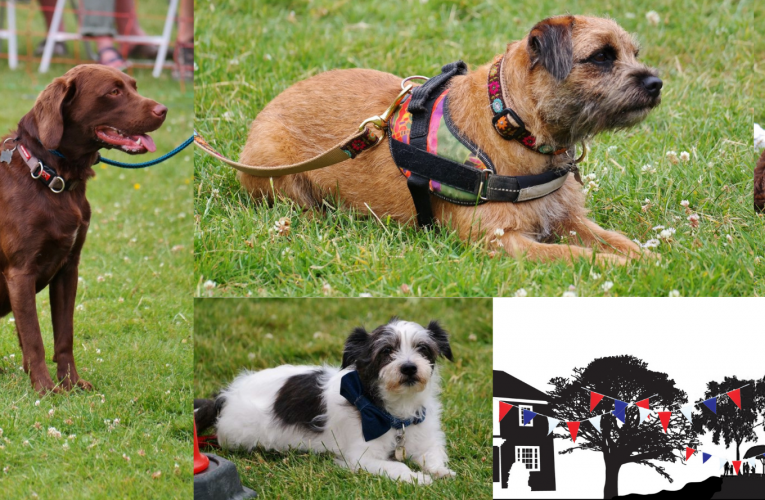
Who let the dogs big day out?
Cuddington Residents Association did. That’s who. On June 18th Saturday’s “BIG DAY OUT” in Shadbolt Park, Worcester Park in the north-east end of the Borough of Epsom and Ewell, a … READ MORE
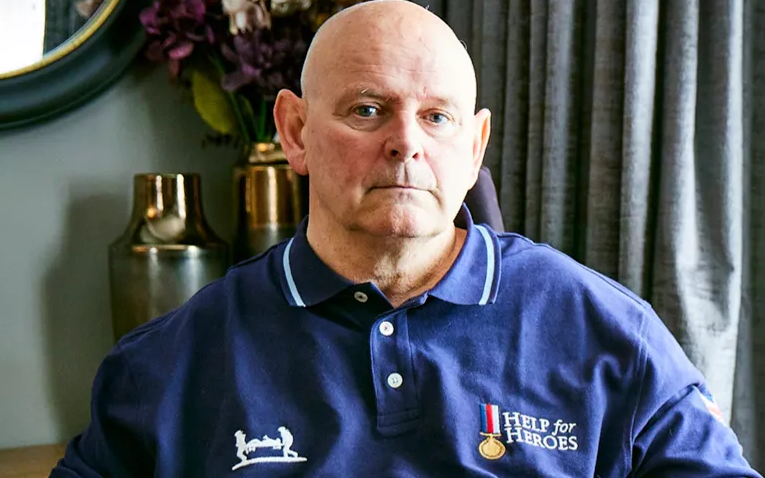
Help for Heroes
‘EVERY LITTLE HELPS’ AS ARMED FORCES CHARITY COLLECTS AT TESCO STORES COUNTY-WIDE Armed Forces charity Help for Heroes has supported more than 250 veterans and their families in Surrey since its … READ MORE
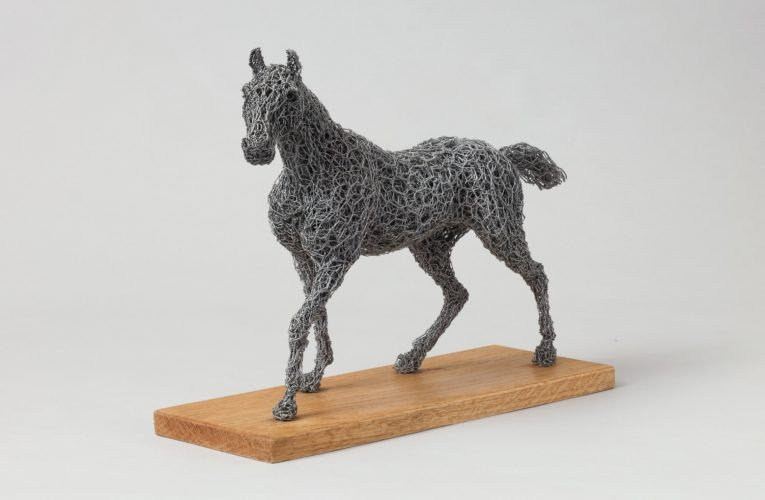
Epsom’s first Oaks race winner for sale
Epsom based sculptor Kendra Haste has created a painted galvanised wire sculptor of Lord Derby’s 1779 inaugural Oaks winner, Bridget. Epsom’s own “The Oaks” became the second oldest “classic” horse … READ MORE
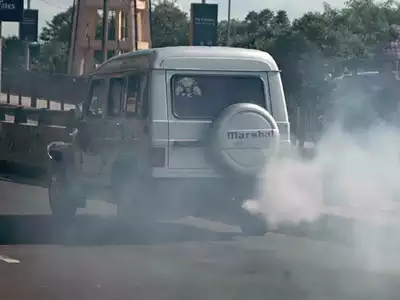
NEWS TRANSPORT AND ENVIRONMENT
Driving to Sutton or Kingston in an old car could cost you £12.50 next year!
The Ultra Low Emission Zone (ULEZ) that charges old diesel and some old petrol cars £12.50 a day 24/7 for travel in inner London might be expanded to Epsom and … READ MORE
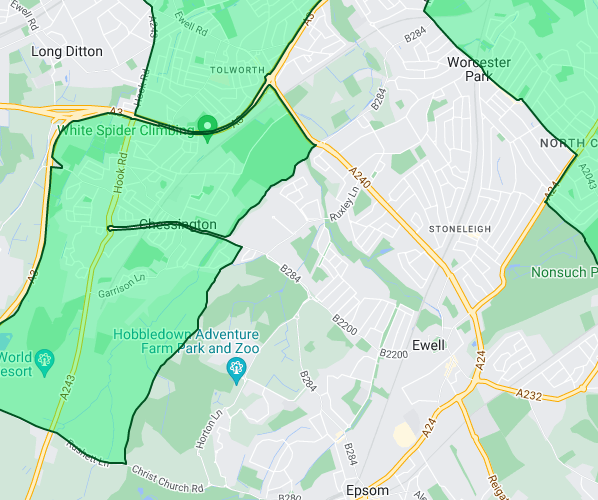
Where to draw the line?
Mayor of London’s proposal to expand the charging area for old and polluting vehicles to the borders of the Borough of Epsom and Ewell inevitably brings out the “not-in-my-backyard” responses … READ MORE






